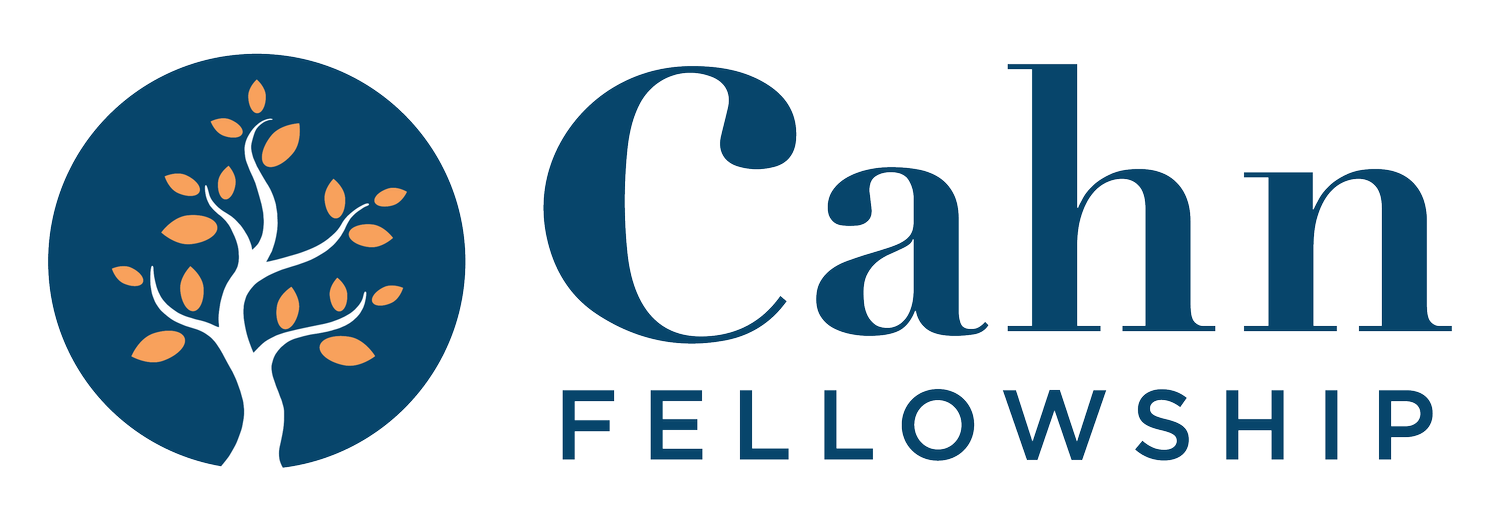Reducing Lost Instructional Time for Students that Happens as a Disciplinary Response to Misbehavior
Ken Zapata • Cahn Fellow 2019
From bad to worse! Do traditional disciplinary measures lead to improved student behavior, or do they further alienate children from the school community leading to increased misconduct and lower academic achievement? The goal of our Cahn Fellows project was to put systems in place to reduce lost instructional time for students that happens as a disciplinary response to misbehavior.
Among our students who received classroom removals, detentions and suspensions prior to the initiatives introduced through our project, we had an extremely high rate of recidivism, causing students to miss significant hours of classroom instruction. We resorted to punitive measures with minimal support for rehabilitation, and expected students to return to school with changed behaviors. We recognized that suspensions do very little to change the behavior of the students who are in violation of the discipline code. They make the teachers feel supported, and they can serve as a deterrent for other students who would only consider violating school rules if they know that there are no repercussions for their actions, but they do not deter recidivists. Students report to a safe room where they sit for the duration of the day and complete assignments that are supplied by their teachers with minimal instruction, and the end result is that they become further disconnected from the school community. It was our intention to find a way to provide the students with proper guidance and emotional support to help them better identify their own emotions and actions, self-regulate, and modify their behaviors. We took a systemic approach to student discipline that included such things as teacher training regarding response to misbehavior in the classroom, restorative circles, student-generated re-entry plans, guidance interventions, peer mediation and improved communication among all stakeholders. The stakeholders included all members of our community, but a large portion of the upfront work came from our team of administrators, guidance counselors, deans and teachers.

